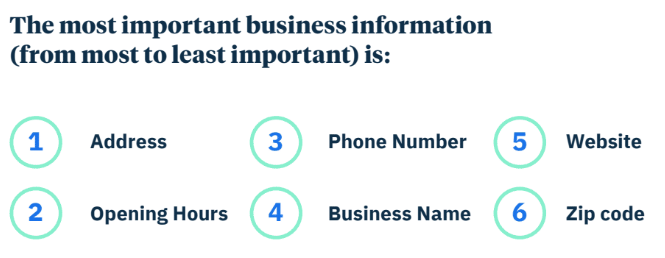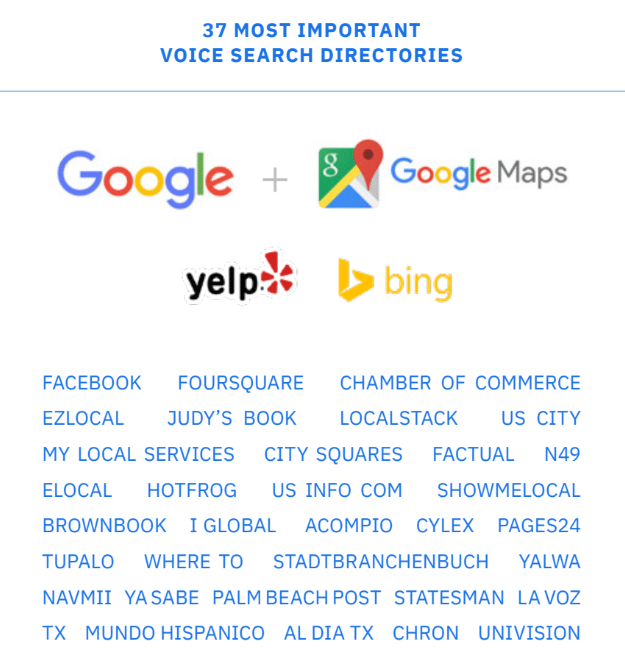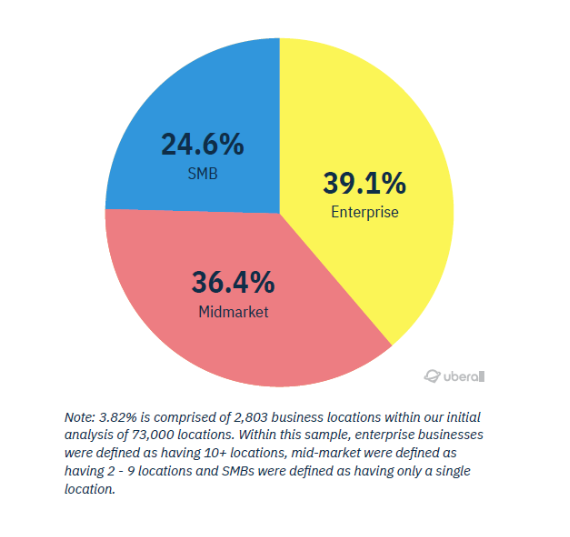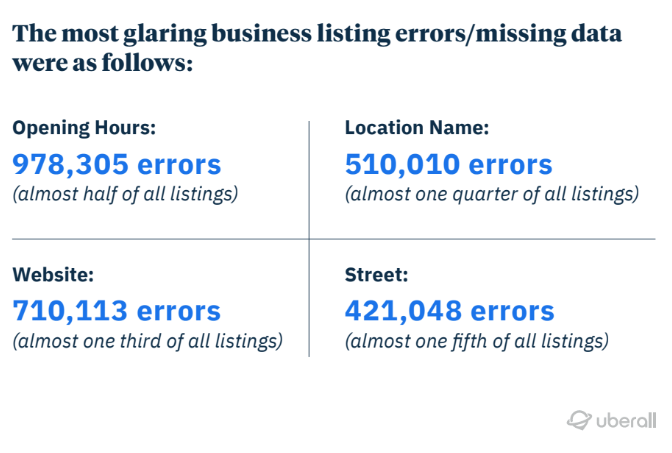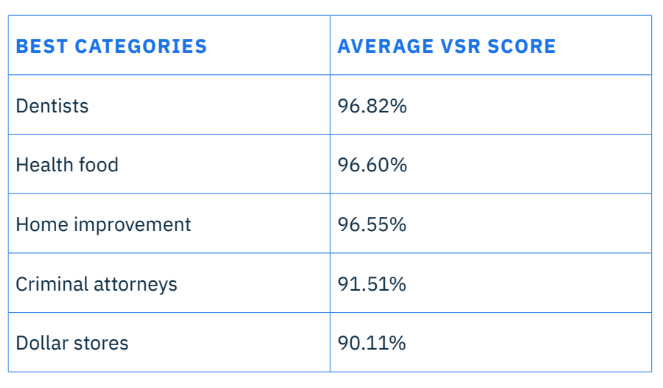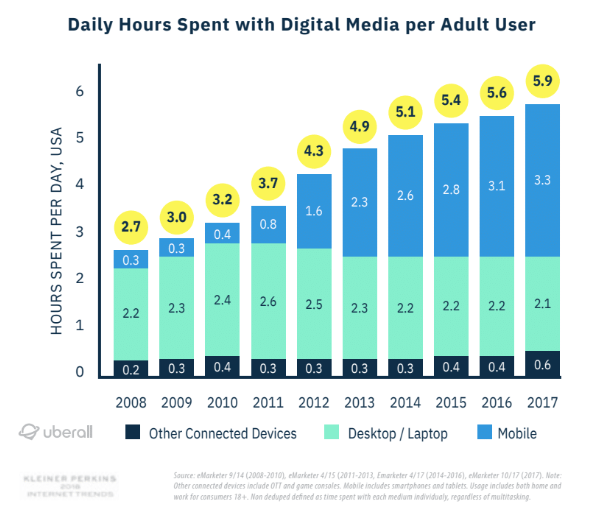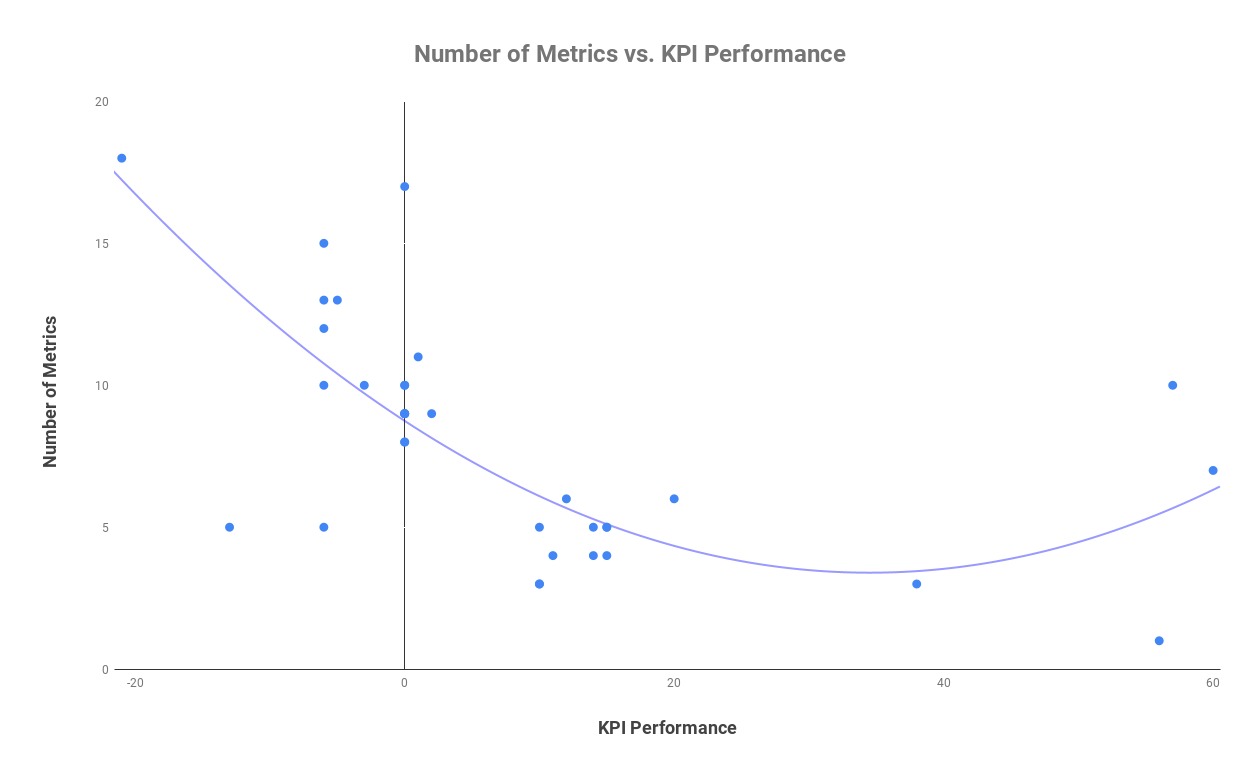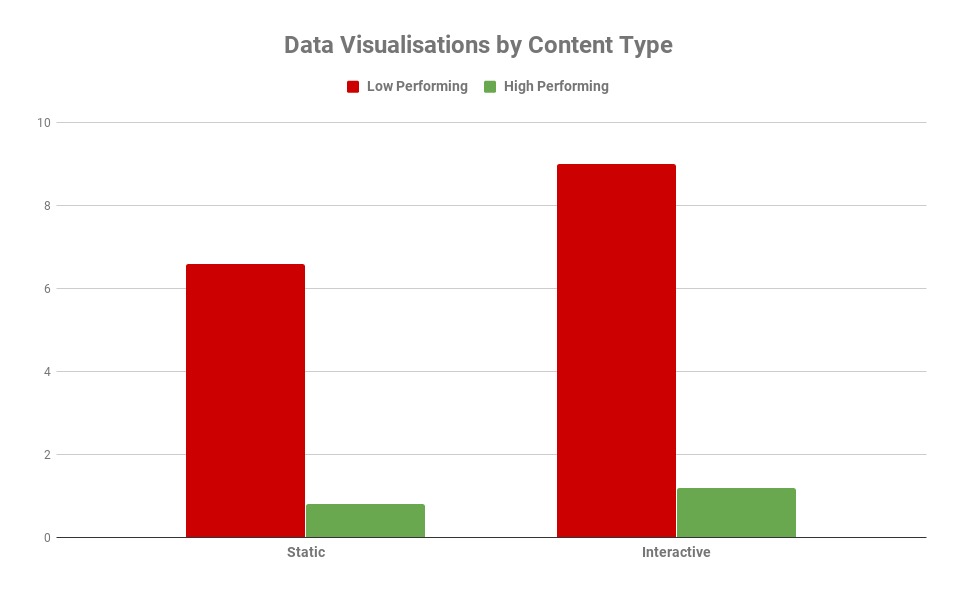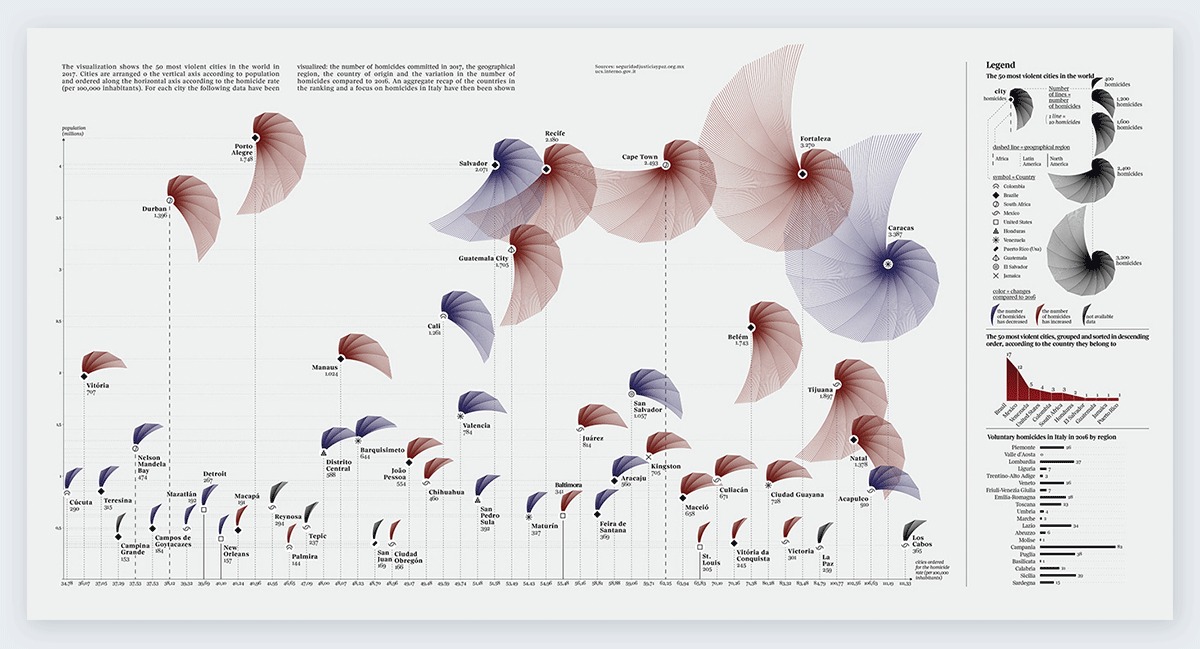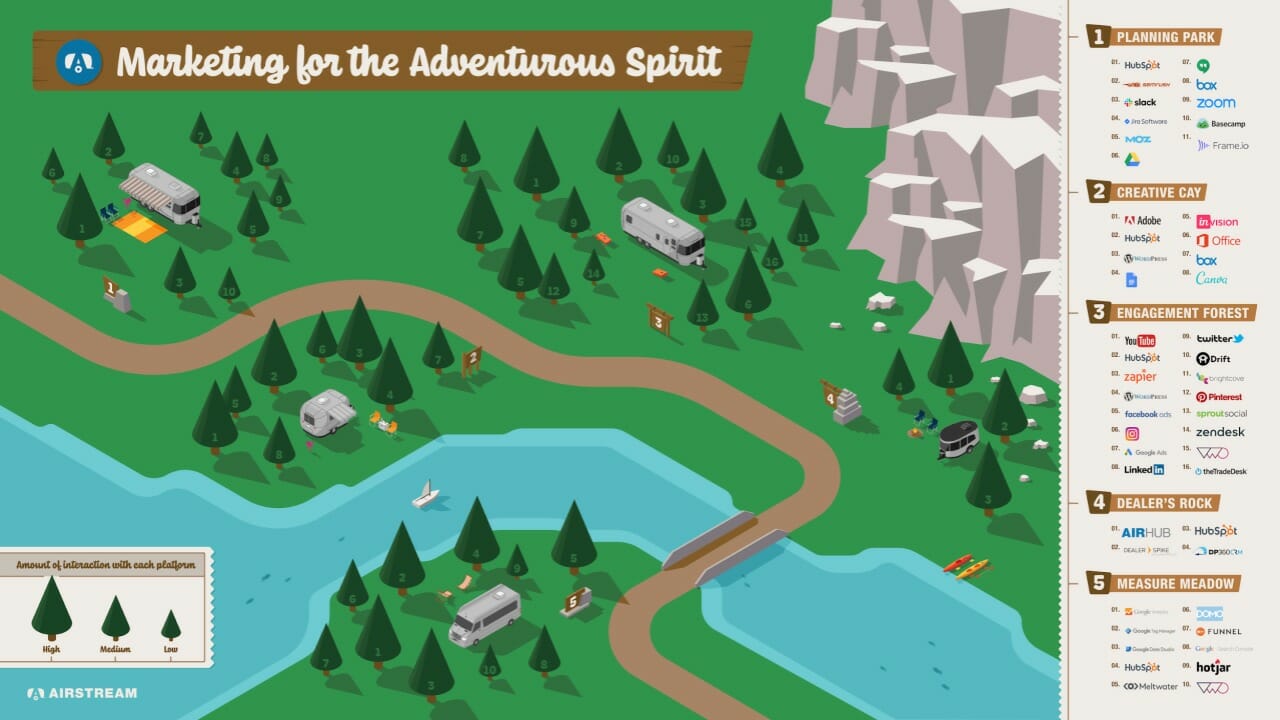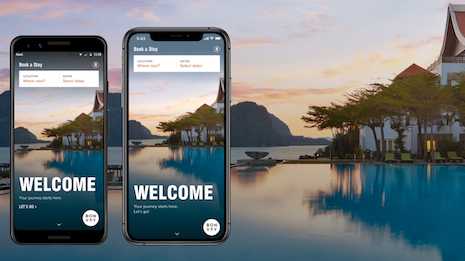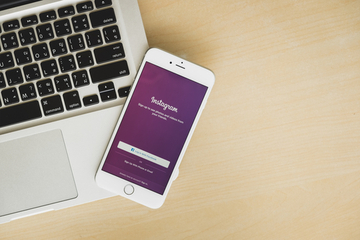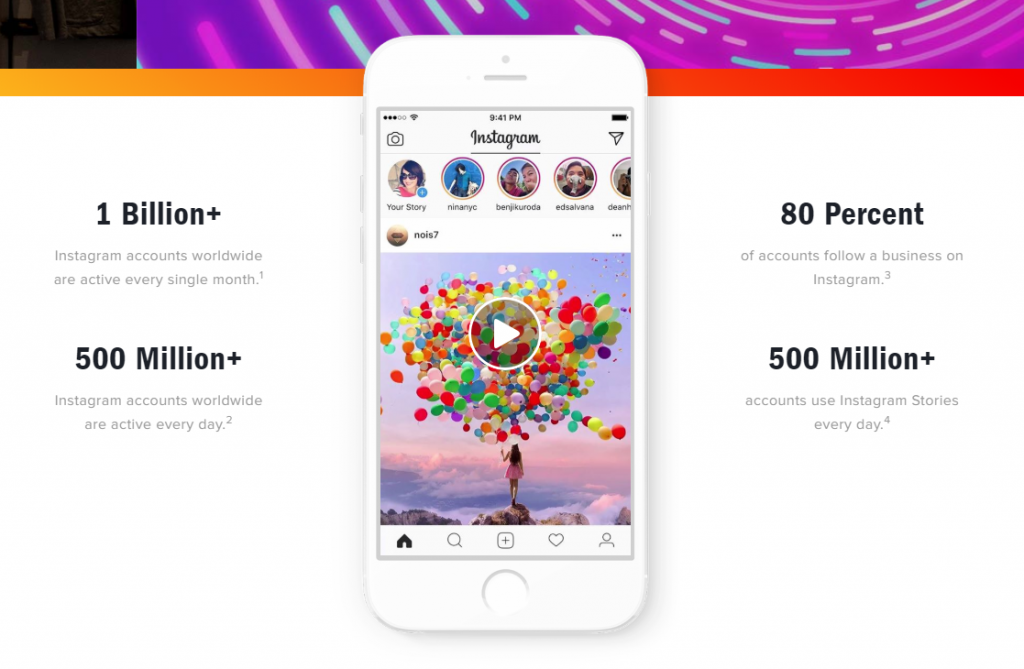
Peter Isaacson, CMO and account-based marketing leader at Demandbase, presented at MarTech West about how to reach buying committees at target accounts. Questions were submitted by attendees around intent, KPIs and the journey of the buying committee and Isaacson took the time to share some insights with us.
How do you use AI – along with intent – to reach the buying committee early?
The goal of all B2B marketing and sales is to reach the buying committee at your target accounts, i.e., the people who will sign off on a purchase and all of the influencers who are going to contribute to the decision. The challenge has been how to identify that buying committee because they are by nature ad hoc, ephemeral and different at every organization. And quite frankly, different for every purchase.
It’s very difficult to identify the buying committee, but technology now allows these people to self-identify themselves. The people who are researching the topics and keywords that are connected to your company are very likely the buyers and influencers you’re trying to reach at your target account. These people are self-identifying themselves as the buying committee- showing interest and intent because of the content they are consuming online.
How do you actually get intent for the account and for the buying committee?
Intent at the account level and intent at the buying committee are very much linked because we are identifying all of the content areas, topics and keywords that individuals are researching across the internet as a whole. The magic (I mean AI and machine learning) is synthesizing all of this data, and connecting the topic areas to the value proposition of your company. Each of the individuals is connected to an account, giving us both individual-level intent and account level intent.
For instance, at Demandbase, we are very interested in any keywords or topic areas around Account-Based Marketing, website personalization, digital personalization and marketing customization. We take individuals that are researching those types of keywords and we combine all of those individuals at a particular company into a full account identification. If there are three or four – or 15 – people at a specific company who are researching topics or keywords associated with a specific company, we’ll combine those into a holistic look at the full company and identify that as an account that is showing strong intent. This gives us intent for both the buying committee because they’re self-identifying by actually doing the research on these topic areas and at the account level because an aggregate of these people from the same company shows they are all researching common topic areas.
How do you advertise in the anonymous buyer journey?
B2B marketers understand that waiting until the hand raise or someone fills out a form is too late in the buyer’s journey to start marketing to someone, as most of the research and investigation has already occurred by then. Likewise, it’s even too late in the process to wait until they show up the first time at your website to evaluate or consume different content. By then, they have likely already researched on the outside web and, very likely, have been to at least one – if not a few – of your competitors’ websites.
You need to reach buyers at the very earliest stages of their research. The first sign of intent that you can measure is when they’re starting to do some research on the broader web on areas that are connected to your company’s value proposition. At that point, they’re still anonymous. They haven’t identified themselves and they’re probably going to be anonymous for the next several weeks – if not few months – before they finally click on a button and say “show me a demo” or “I’d like to talk to a sales rep” or “sign me up for a webinar.” But just identifying these individuals demonstrating intent is not enough – you need actually to trigger a marketing activity, like advertising. So your intent identification needs to be integrated into an account-based DSP that can execute ads against these individuals and accounts.
You define the KPIs for modern advertising as 90% of target accounts reached, 30% of target accounts engaging on site, and $15-$300 per account engaged on site. How did you determine these metrics, how often are companies achieving them and what can they do to ensure they’re hitting these KPIs?
When it comes to advertising, B2B marketers have been sold metrics that have nothing to do with business impact for a B2B marketer. They are told they should focus on CPMs, and purchase inventory as cheaply as they possibly can. Focus on click-through-rates, even if those clicks have absolutely zero chance of buying your products. This is often why marketers lose credibility with their C-level peers. Chief Revenue Officers and CEOs don’t care about CPM’s or click-through-rates but publishers and adtech vendors push this because they are the only metrics they can sell.
As B2B marketers, and Account-Based Marketers specifically, we should care about what percentage of our target accounts are actually engaging with our content, which of our target accounts are making it onto our website and what percentage of those target accounts that saw the advertising are making it a pipelined business.
When it comes to the benchmarks mentioned in the question, if you’re below those benchmarks, you should reevaluate, but in most cases marketers should be striving to reach those KPIs. More and more marketers are focused on business impact, but I still talk to a lot of folks who are obsessed with CPMs and click-through-rates. For CPM’s, getting the cheapest advertising that you can is somewhat akin to buying all you can eat sushi. It’s a great deal in terms of getting a ton of fish for a low price, but is it something you want to eat? Absolutely not. It’s the same with CTR’s. Why are marketers obsessed with a .02 vs. a .03 CTR? It really doesn’t matter if people who are never going to buy your products are clicking on your ads. We shouldn’t be obsessed with that. Rather, we should be focused on whether the right company – and the right people at the right company – see our ads, and whether they taking action on those ads.
This story first appeared on MarTech Today. For more on marketing technology, click here.
https://martechtoday.com/martech-west-overtime-how-b2b-marketers-can-reach-buying-committees-at-their-target-accounts-232870
Opinions expressed in this article are those of the guest author and not necessarily Marketing Land. Staff authors are listed here.





